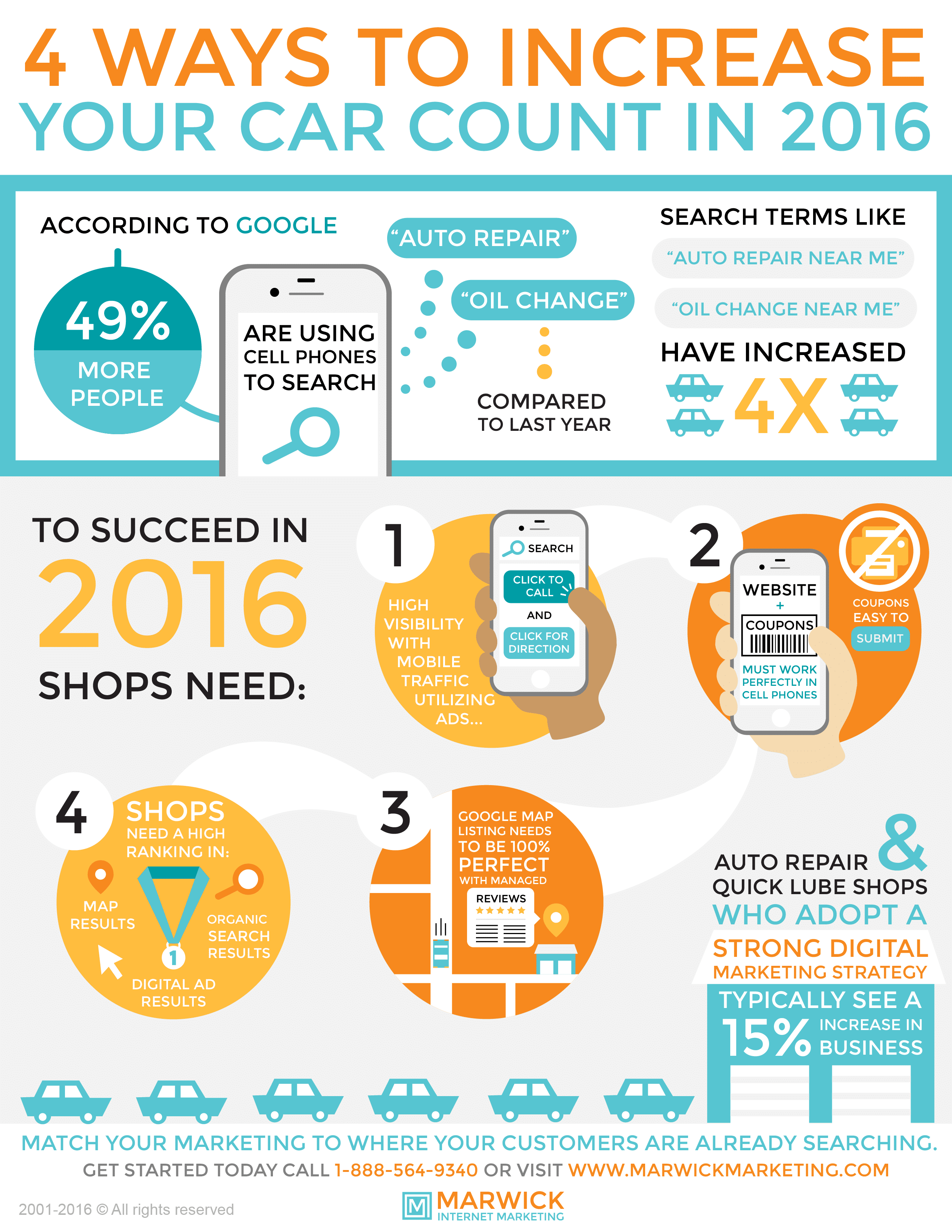Eager To Recognize What The Control Panel Caution Lights In Your Vehicle Represent? Explore Their Significances For The Well-Being And Safety And Security Of Your Lorry
Eager To Recognize What The Control Panel Caution Lights In Your Vehicle Represent? Explore Their Significances For The Well-Being And Safety And Security Of Your Lorry
Blog Article
https://vehiclesuspensiontesting07284.loginblogin.com/37015716/personal-account-refreshing-my-aging-cars-and-truck-with-a-weekend-break-describing-initiative -Boye Torres
When you lag the wheel, those radiant warning lights on your control panel can be a little bit complicated. Do you know what they're trying to inform you about your automobile's wellness? Recognizing the importance of these lights is essential for your security and the long life of your vehicle. So, the following time among those lights appears, wouldn't you want to decipher its message precisely and take the needed steps to address it?
Common Caution Lights and Interpretations
Identify common warning lights in your auto and understand their meanings to ensure safe driving.
The most typical warning lights consist of the check engine light, which signifies issues with the engine or discharges system. If this light begins, it's critical to have your car inspected without delay.
go now cautioning light shows low oil stress, calling for prompt focus to stop engine damage.
https://oilchangeplaces95173.ziblogs.com/30356601/expect-a-detailed-review-of-the-elite-car-repair-service-services-that-will-certainly-redefine-your-lorry-maintenance-routine flashing battery light may recommend a damaged charging system, potentially leaving you stranded if not addressed.
The tire pressure tracking system (TPMS) light notifies you to low tire stress, influencing vehicle security and gas performance. Neglecting this might cause hazardous driving problems.
The ABS light shows a problem with the anti-lock braking system, endangering your capacity to quit quickly in emergency situations.
Last but not least, the coolant temperature level alerting light warns of engine getting too hot, which can lead to extreme damage otherwise fixed promptly.
Understanding these typical warning lights will help you address issues quickly and maintain safe driving conditions.
Value of Prompt Attention
Recognizing the typical caution lights in your automobile is only the initial step; the significance of promptly attending to these cautions can't be stressed sufficient to ensure your security when traveling.
When a caution light illuminates on your dashboard, it's your cars and truck's way of connecting a prospective problem that requires interest. Overlooking these warnings can cause more serious issues down the road, jeopardizing your safety and security and potentially costing you a lot more out of commission.
Motivate attention to cautioning lights can prevent break downs and mishaps. For full detail service , a blinking check engine light might indicate a misfire that, if left unattended, might create damages to the catalytic converter. Resolving this quickly can conserve you from a costly repair service.
In a similar way, a brake system alerting light might signify low brake fluid or worn brake pads, important components for your safety and security when driving.
Do It Yourself Troubleshooting Tips
If you see a warning light on your control panel, there are a few DIY fixing pointers you can attempt before seeking expert aid.
The very first step is to consult your automobile's handbook to understand what the specific warning light suggests. Sometimes the issue can be as simple as a loosened gas cap causing the check engine light. Tightening the gas cap might deal with the issue.
Another usual concern is a low battery, which can activate various alerting lights. Inspecting the battery connections for rust and guaranteeing they're safe and secure might deal with the issue.
If a caution light persists, you can try resetting it by disconnecting the auto's battery for a few mins and after that reconnecting it. In addition, inspecting your car's fluid levels, such as oil, coolant, and brake fluid, can aid repair warning lights related to these systems.
Verdict
In conclusion, understanding your car's caution lights is important for maintaining your automobile running smoothly and safely. By immediately addressing these signals and knowing what they indicate, you can stay clear of costly repair work and potential failures.
Keep in mind to consult your auto's manual for particular information on each advising light and take action as necessary to make certain a trouble-free driving experience.
Stay informed, stay risk-free on the road!
